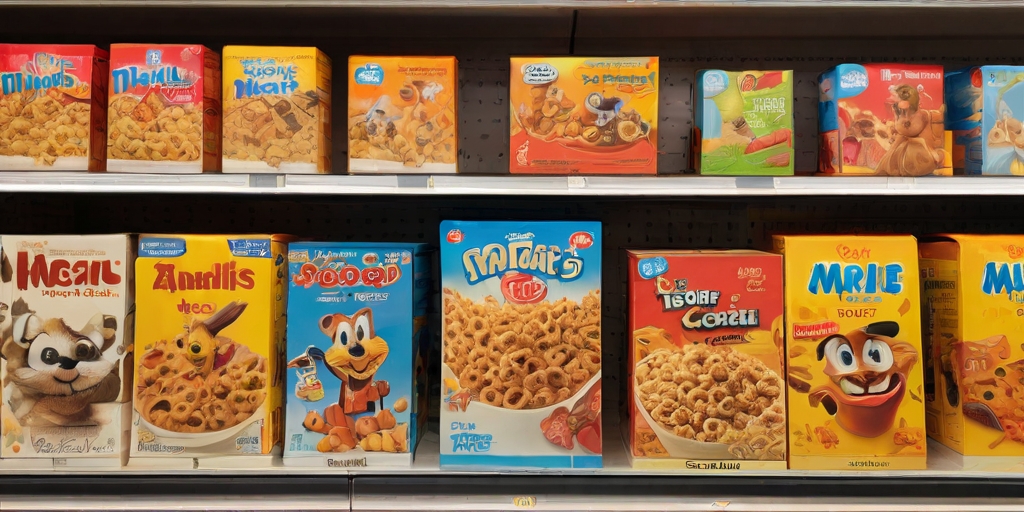
The Mere Exposure Effect is a fascinating psychological phenomenon that has a significant impact on human behavior and decision-making. This effect suggests that people tend to develop a preference for things they are exposed to repeatedly, even if they are not consciously aware of it. In this blog post, we will delve into the intricacies of the Mere Exposure Effect, its implications in various aspects of life, and real-life examples to illustrate its relevance.
Understanding the Mere Exposure Effect
The Mere Exposure Effect, also known as the familiarity principle, was first introduced by psychologist Robert Zajonc in the 1960s. It posits that people tend to develop a preference for stimuli merely as a result of repeated exposure to them. This preference can manifest in various forms, including liking a particular song, brand, or even a person, simply because they have been encountered frequently.
Implications in Marketing and Advertising
The Mere Exposure Effect has profound implications in the field of marketing and advertising. Companies leverage this psychological phenomenon to create brand awareness and increase consumer preference for their products or services. By exposing consumers to their brand through various channels such as television commercials, social media ads, and product placements, companies can influence consumer behavior and ultimately drive sales.
For example, consider a popular fast-food chain that consistently airs commercials showcasing their delicious burgers and fries. Over time, consumers who are repeatedly exposed to these ads may develop a preference for the brand, leading them to choose this particular fast-food chain over competitors when making a purchasing decision.
Influence on Social Interactions
The Mere Exposure Effect also plays a significant role in shaping social interactions and relationships. People are more likely to feel comfortable and at ease with individuals they have been exposed to multiple times, even if they have had limited direct interactions with them. This phenomenon can be observed in various social settings, from the workplace to social gatherings.
For instance, imagine a new employee joining a team where they have previously attended a few virtual meetings. Despite not having met most of their colleagues in person, the new employee may feel a sense of familiarity and connection with them due to the repeated exposure through virtual interactions. This familiarity can help facilitate smoother communication and collaboration within the team.
Impact on Decision-Making
The Mere Exposure Effect can also influence decision-making processes, both on a personal and professional level. When faced with choices, individuals are more likely to opt for familiar options that they have been exposed to in the past, even if there are better alternatives available. This bias towards familiarity can impact various aspects of decision-making, from selecting a restaurant for dinner to choosing a supplier for a business project.
For example, consider a consumer who is shopping for a new smartphone. Despite the presence of newer models with advanced features, the consumer may ultimately decide to purchase a model from a brand they are familiar with and have seen advertised frequently. This decision is influenced by the Mere Exposure Effect, as the consumer is more inclined towards the familiar brand due to repeated exposure.
Real-Life Examples of the Mere Exposure Effect
To further illustrate the Mere Exposure Effect in action, let’s explore some real-life examples where this phenomenon has a tangible impact on behavior and decision-making:
1. Music Industry: In the music industry, artists often release singles or albums with multiple promotional appearances to increase exposure to their music. As a result, listeners who are repeatedly exposed to these songs through radio play, streaming platforms, and social media are more likely to develop a preference for the artist’s music.
2. Political Campaigns: During political campaigns, candidates utilize the Mere Exposure Effect to increase voter familiarity and support. Through consistent campaign ads, public appearances, and debates, candidates aim to create a sense of familiarity and trust with voters, influencing their decision at the polls.
3. Product Placement in Movies: In the film industry, product placement is a common strategy used to increase exposure to brands and products. By featuring specific brands in movies and TV shows, producers can enhance brand visibility and influence consumer perceptions and preferences.
4. Social Media Influencers: Social media influencers often collaborate with brands to promote products or services to their followers. Through sponsored posts, product reviews, and endorsements, influencers create repeated exposure to the brand, leading to increased consumer interest and engagement.
Conclusion
The Mere Exposure Effect is a powerful psychological phenomenon that shapes our preferences, influences our decisions, and impacts our interactions in everyday life. By understanding the mechanisms behind this effect and its implications across various domains, we can gain insights into how repeated exposure shapes our perceptions and behaviors. Whether in marketing, social interactions, or decision-making processes, the Mere Exposure Effect continues to play a significant role in shaping human behavior and preferences.
Next time you find yourself drawn to a familiar tune on the radio or choosing a brand you’ve seen advertised multiple times, remember the subtle yet profound influence of the Mere Exposure Effect at play.
